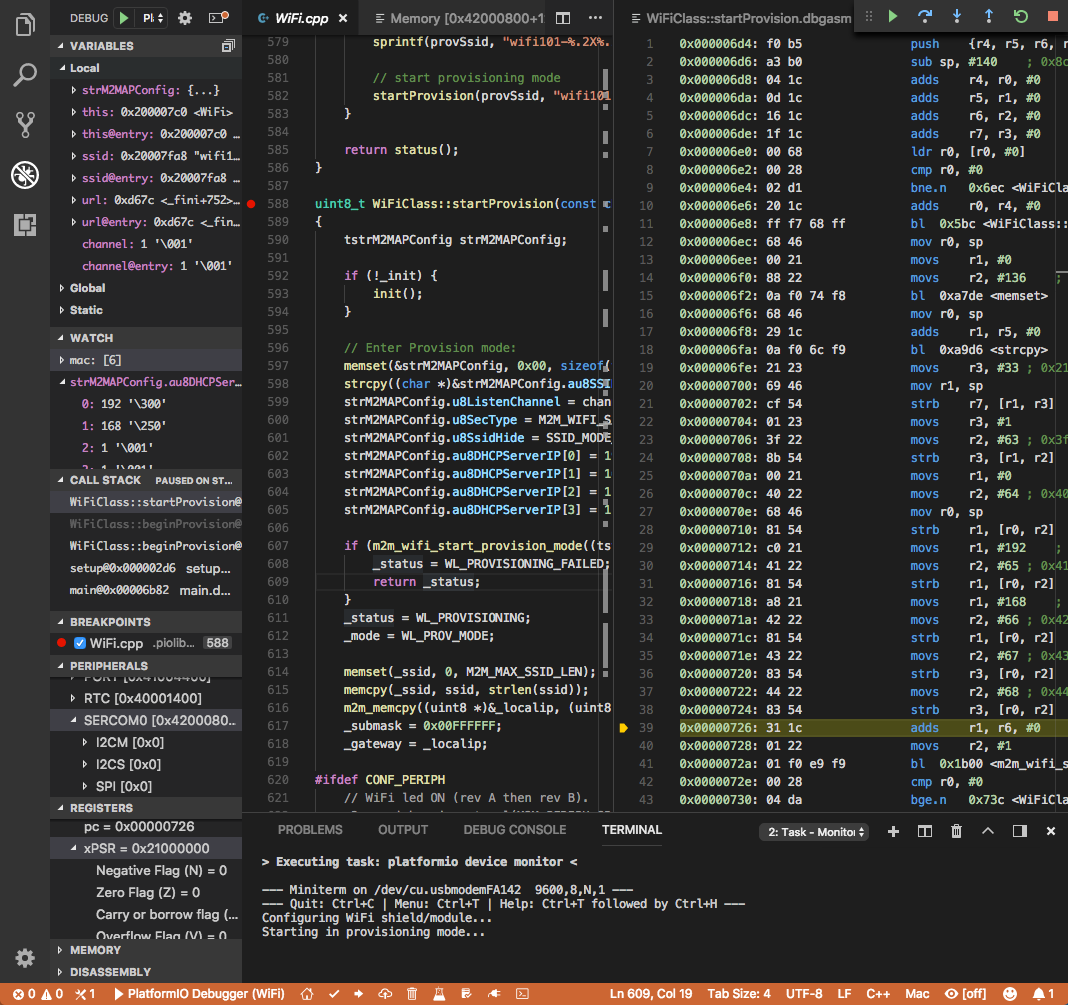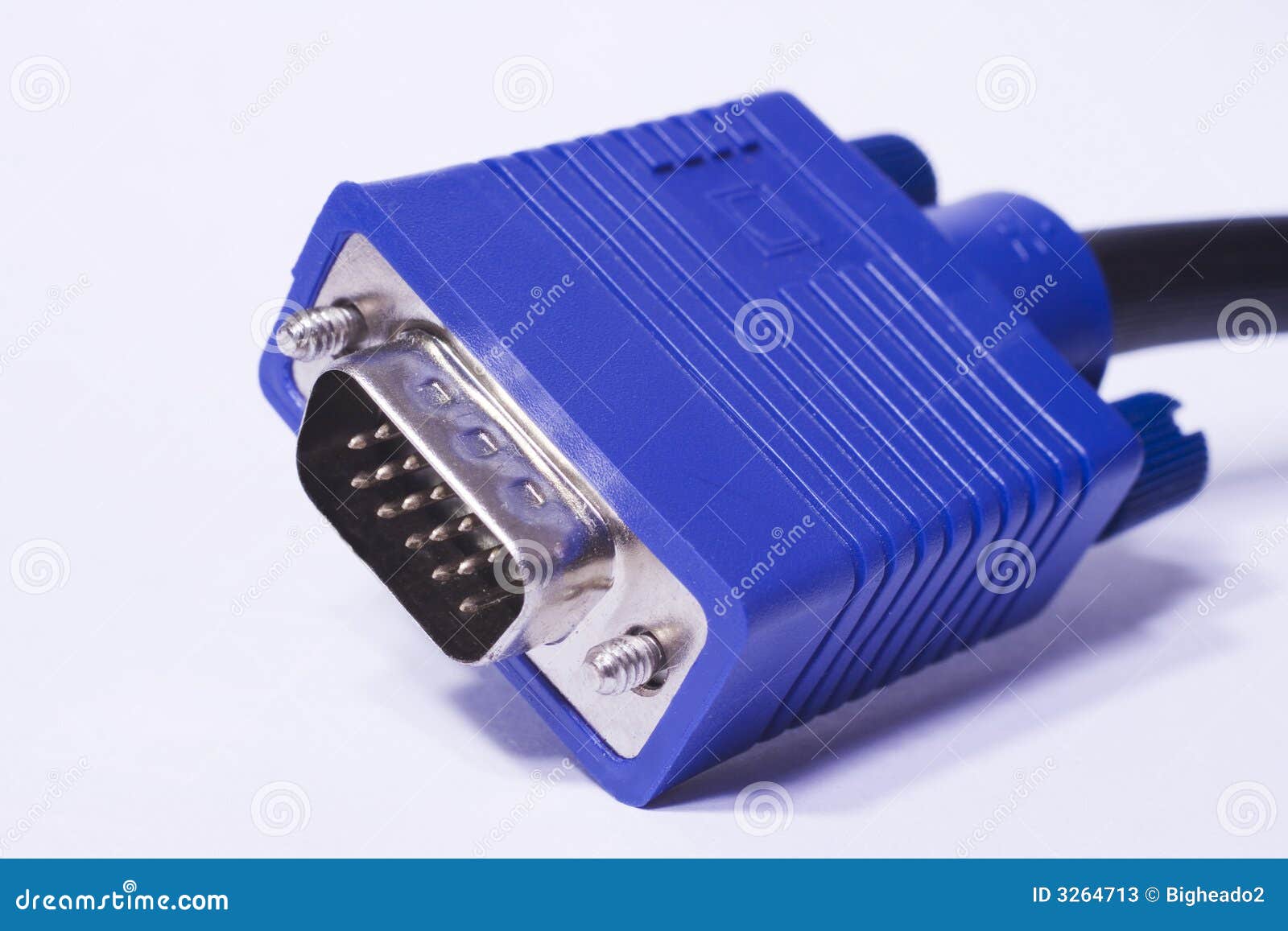- Serial Monitor Software
- Extended Serial Monitor Download
- Extended Serial Monitors
- Extended Serial Monitor
Duplicate or extended. There are a few different ways to display content on two screens, but Duplicate is often the default. If your second display merely copies the desktop rather than extend it. Extended Display Identification Data is a metadata format for display devices to describe their capabilities to a video source. The data format is defined by a standard published by the Video Electronics Standards Association. The EDID data structure includes manufacturer name and serial number, product type, phosphor or filter type, timings supported by the display, display size, luminance. May 23, 2013 When using the j5 Create usb display adapter, the software allows you to mirror the main computer screen, or extend it. Because you are actually using two video cards, you can set the second monitor with its own resolution, color profiles, and use different wall paper than the main monitor. Serial Monitor Extended (beta) I proudly present the 'Serial Monitor Extended' application to you. When I started working with Arduino, I wasn't satisfied with the overall options of the official Serial Monitor, so I decided to write my own. The interface is quite similar to Arduino IDE's own Serial Monitor, but with some tweaks. This is a work in progress, so expect to see improvements.
By Mark Russinovich
Published: January 12, 2012

Download Portmon(226 KB)
Run now from Sysinternals Live.
Introduction
Portmon is a utility that monitors and displays all serial andparallel port activity on a system. It has advanced filtering and searchcapabilities that make it a powerful tool for exploring the way Windowsworks, seeing how applications use ports, or tracking down problems insystem or application configurations.
Portmon 3.x
Version 3.x of Portmon marks the introduction of a number of powerfulfeatures.
- Remote monitoring: Capture kernel-mode and/or Win32 debug outputfrom any computer accessible via TCP/IP - even across the Internet.You can monitor multiple remote computers simultaneously. Portmonwill even install its client software itself if you are running iton a Windows NT/2K system and are capturing from another WindowsNT/2K system in the same Network Neighborhood.
- Most-recent-filter lists:Portmon has been extended withpowerful filtering capabilities and it remembers your most recentfilter selections, with an interface that makes it easy to reselectthem.
- Clipboard copy: Select multiple lines in the output window andcopy their contents to the clipboard.
- Highlighting: Highlight debug output that matches yourhighlighting filter, and even customize the highlighting colors.
- Log-to-file: Write debug output to a file as its being captured.
- Printing: Print all or part of captured debug output to aprinter.
- One-file payload:Portmon is now implemented as one file.
The on-line help-file describes all these features, and more, in detail.
Installation and Use
Simply execute the Portmon program file (portmon.exe) and Portmonwill immediately start capturing debug output. To run Portmon onWindows 95 you must get the WinSock2update from Microsoft. Notethat if you run Portmon on Windows NT/2K portmon.exe must be locatedon a non-network drive and you must have administrative privilege.Menus, hot-keys, or toolbar buttons can be used to clear the window,save the monitored data to a file, search output, change the windowfont, and more. The on-line help describes all of Portmon's features.
Portmon understands all serial and parallel port I/O control (IOCTLs)commands and will display them along with interesting informationregarding their associated parameters. For read and write requestsPortmon displays the first several dozen bytes of the buffer, using'.' to represent non-printable characters. The Show Hex menu option letsyou toggle between ASCII and raw hex output of buffer data.
How it Works: WinNT
The Portmon GUI is responsible for identifying serial and parallelports. It does so by enumerating the serial ports that are configuredunder HKEY_LOCAL_MACHINEHardwareDeviceMapSerialComm and theparallel ports defined underHKEY_LOCAL_MACHINEHardwareDeviceMapParallel Ports. These keyscontain the mappings between serial and parallel port device names andthe Win32-accessible names.
When you select a port to monitor, Portmon sends a request to itsdevice driver that includes the NT name (e.g. deviceserial0) thatyou are interested in. The driver uses standard filtering APIs to attachits own filter device object to the target device object. First, it usesZwCreateFile to open the target device. Then it translates thehandle it receives back from ZwCreateFile to a device objectpointer. After creating its own filter device object that matches thecharacteristics of the target, the driver callsIoAttachDeviceByPointer to establish the filter. From that point onthe Portmon driver will see all requests aimed at the target device.
Portmon has built-in knowledge of all standard serial and parallelport IOCTLs, which are the primary way that applications and driversconfigure and read status information from ports. The IOCTLs are definedin the DDK file ddksrccommincntddser.h andddksrccommincntddpar.h, and some are documented in the DDK.
How it Works: Windows 95 and 98
On Windows 95 and 98, the Portmon GUI relies on a dynamically loadedVxD to capture serial and parallel activity. The Windows VCOMM (VirtualCommunications) device driver serves as the interface to parallel andserial devices, so applications that access ports indirectly use itsservices. The Portmon VxD uses standard VxD service hooking tointercept all accesses to VCOMM's functions. Like its NT device driver,Portmon's VxD interprets requests to display them in a friendlyformat. On Windows 95 and 98 Portmon monitors all ports so there is noport selection like on NT.

Download Portmon(226 KB)
Run now from Sysinternals Live.
Serial Monitor Extended (beta)I proudly present the 'Serial Monitor Extended' application to you. When I started working with Arduino, I wasn't satisfied with the overall options of the official Serial Monitor, so I decided to write my own.
The interface is quite similar to Arduino IDE's own Serial Monitor, but with some tweaks.This is a work in progress, so expect to see improvements and new features in the future.

Download Now! - Links: http://blog.refoua.me/post/serial-monitor-extended/Please do NOT mirror at all!
Features:
Serial Monitor Software
- - Auto Close: Using the 'Keep Open' option you can decide whether to keep the port open, or open it ONLy when sending data.
- - Better Status: Now you can actually see if you are connected to a specified port or not, visible at the top of the form.
- - Easy Port Switch: Now you can also easily change the port, without closing the window to change it from the toolbar. You don't even need to close the port to change it!
(Note: To change the port, click on the 'Port COMx is OPEN/CLOSED.')
- - Name Friendly: You can now see what port you are actually connecting to, rather seeing a number. (This is useful for non-Arduino chips and clones, Arduino already shows you what Arduino device are you connected to.)
- - Error Messages: This app will show you a clear and easy-to-understand error message, if anything goes wrong.
- - Line Ending: The line ending selection is now easier, and prettier.
Known Issues:This is a beta version and may have some problems. One known issue is that the app may freeze if you select a wrong baud rate for now. Don't worry, I will fix it soon.
Extended Serial Monitor Download
To-do:I will implement these features in the future:1. Serial to Mouse, Keyboard, Midi controller bridge.(Cool, isn't it? :D I'm working on it)2. Disable Auto-Reset by software.I know that many people are sometimes annoyed by the arduino's auto-reset on opening a new connections. While there are hardware solutions available,I have written a small function to disable the DTR pin while transmitting data. I'll merge that code into Serial Monitor Extended soon.3. Serial to TCP connectionThis can be a replacement to setups like Node.JS, a stand-alone easier app. The difference is that you can use the monitor and the network at the same time!4. Support for Hyper Terminal's Cursor control escape characters.5. Terminal Color Support (+Easy Arduino Library)6. Log for sent data, also a history list to automatically re-enter the previous sent data
Extended Serial Monitors
Misc. Notes:I hope you like this software. 'Serial Monitor Extended' is a free, and open-source app written by me (David@Refoua.me). The source-code is written in C# and will be soon available in GitHub, for enthusiastic people.
Extended Serial Monitor
Please use and share your opinion!Post your feedback here: http://forum.arduino.cc/index.php?topic=395463.0
